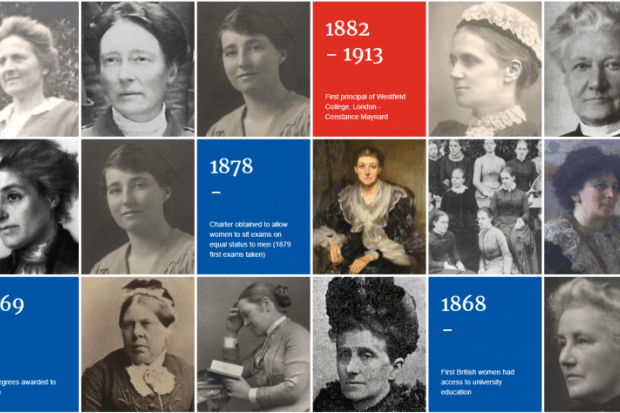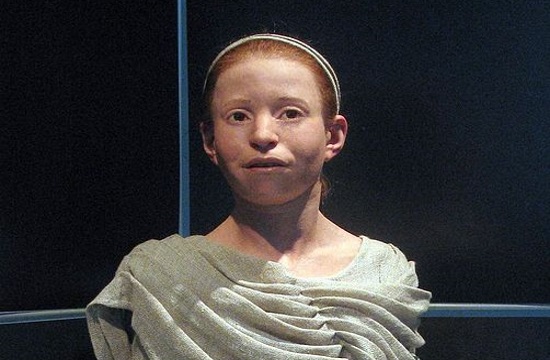From History in the Headlines:
Hatpin-wielding women were some of the first voices to call rude men out on their behavior, all while using a tool from the seemingly innocent and feminine world of fashion.
As women gained independence and started walking and traveling alone during the late 1800s and early 1900s, hatpins provided a quick line of defense from the unwanted touches and words of passing men. These lecherous men were known as “mashers,” and considered to be “low-down, cowardly cumberers of the earth,” as a 1904 blurb in the Los Angeles Herald put it. “Any woman with courage and a hatpin can prove it,” the paper added.







/cdn.vox-cdn.com/uploads/chorus_image/image/49302631/Figure_2.0.0.jpg)






